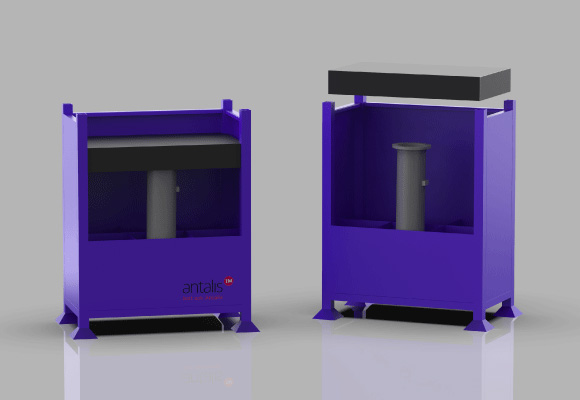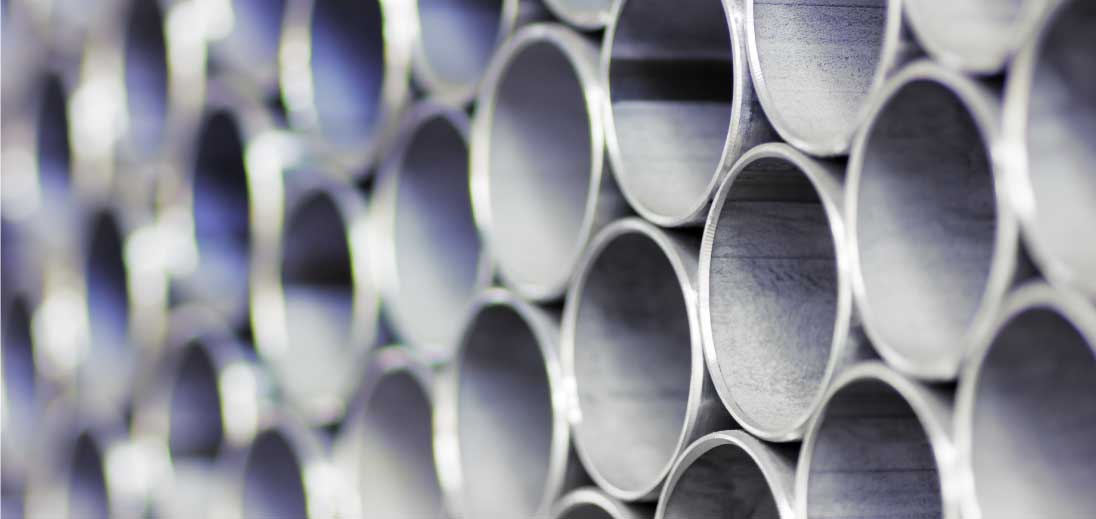How foam packaging protects metal pipes during transit?
When it comes to protecting heavy materials, foam packaging rarely springs to mind. Yet it can be moulded into any shape and is flexible and lightweight, which can help customers save time and be more efficient. Let's see how foam packaging helped our client, a gas engine provider.
When it comes to protecting heavy materials, foam packaging rarely springs to mind. Yet it can be moulded into any shape and is flexible and lightweight, which can help customers save time and be more efficient. Let's see how foam packaging helped our client, a gas engine provider.
The client's challenge
To transport metal pipes (used in the construction of engines) between sites, the client had invested in metal stillages. Each stillage could hold up to six pipes, secured in place by fittings screwed into the base of the stillage. However, because the pipes were top heavy, they would lean and bang into each another. The client had tried to solve the problem by using pieces of corrugated board to separate the pipes, but these were not reusable, resulting in increased waste and recycling, and the need to continually reorder supplies.
The Antalis solution
Using a clear framework, the Antalis Packaging team worked on a reusable foam topper and base that fits every size of pipe, thus reducing movement and providing a buffer between the pipes. The cushioning solution also enables hand access to facilitate steady removal.

The process
- 1. Exploration: Antalis Packaging technologists visited the client's site to assess the issues and gain an understanding of the packing and transit processes.
- 2. Proposition: Using the information gathered, the team at the Antalis Smart Packaging Centre used their foam engineering know-how to design a foam topper that could fit on top of any size of pipe. A foam base was also proposed so that the pipes would no longer sit directly on the metal stillage. The foam was made with hand access either side so it could be removed easily.
- 3. Test: Rigorous testing was carried out to asses the solution's effectiveness and ease of use.
- 4. Implementation: Following a successful trial, the client implemented the foam cushioning solution across its sites.

"Between the packaging technologists working in the Antalis Smart Packaging Centre, we have the know-how and experience to create packaging solutions in a range of materials. This project is a great example of the environmental benefits of reusable foam packaging."
Todd Smith
Antalis Packaging Technologist
Advantages

Cost saving
The foam packaging reduces damage to pipes in transit, which positively impacts production schedules.

Time-saving
This cushioning solution is faster and easier to load in order to secure metal pipes.

Environmentally-friendly
Being reusable and lighter, the foam packaging reduces wastage and CO2 impact.







